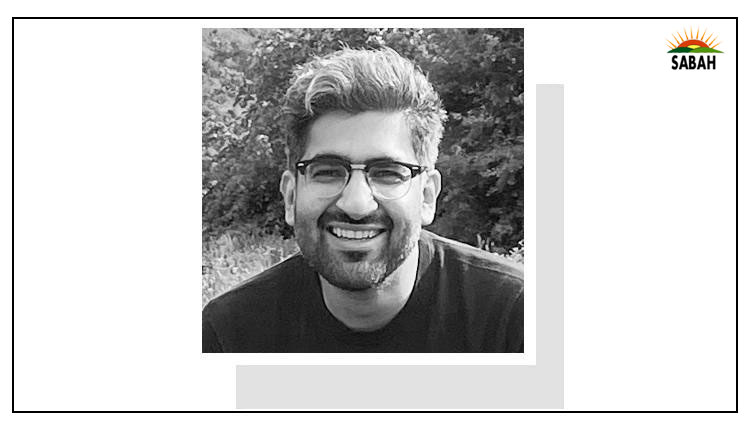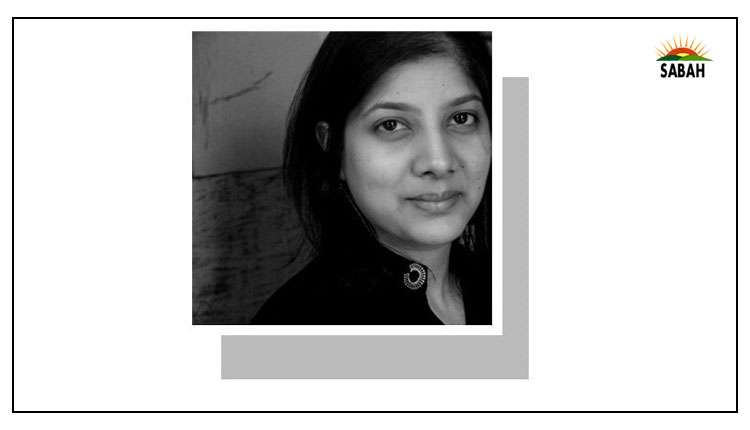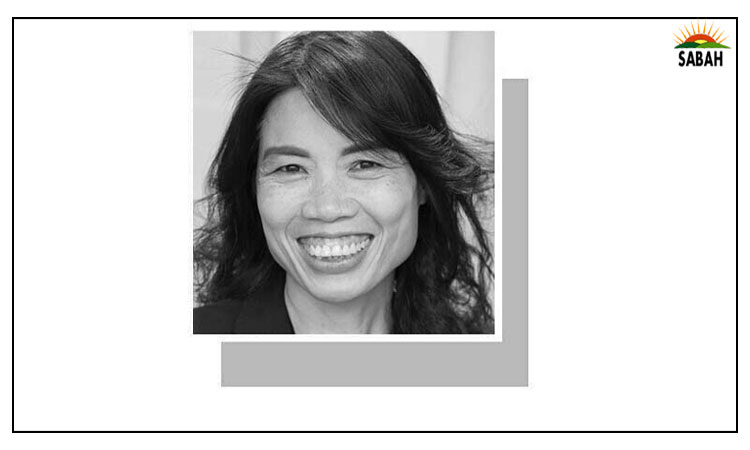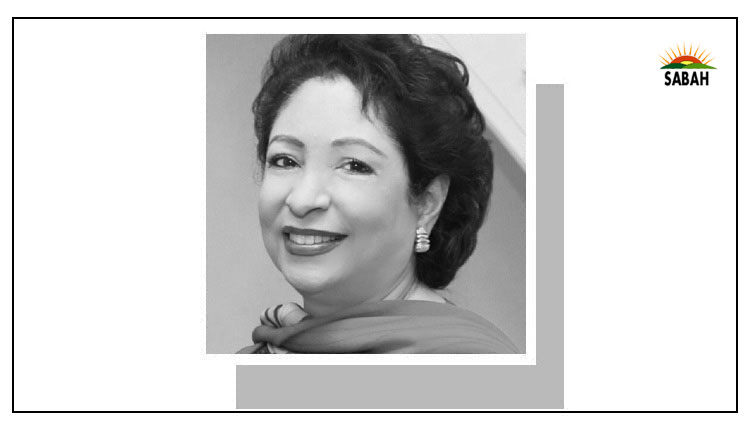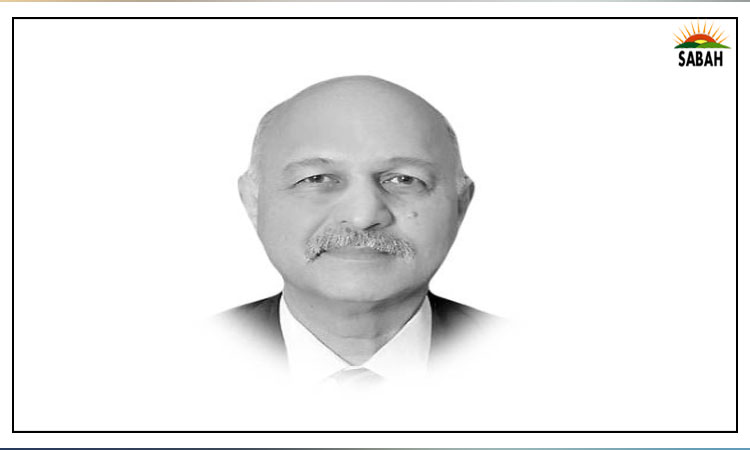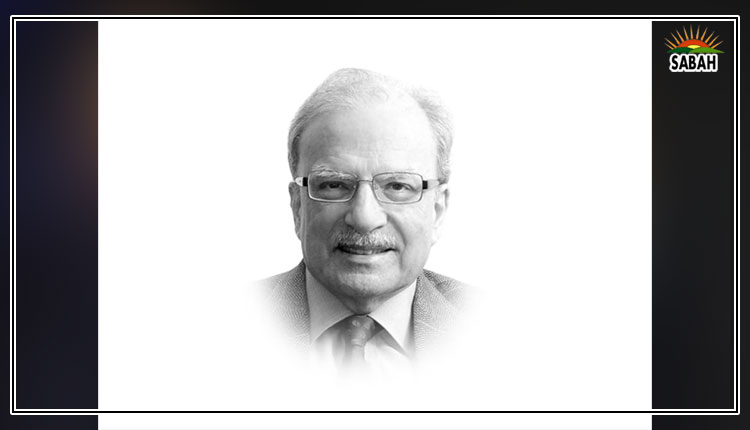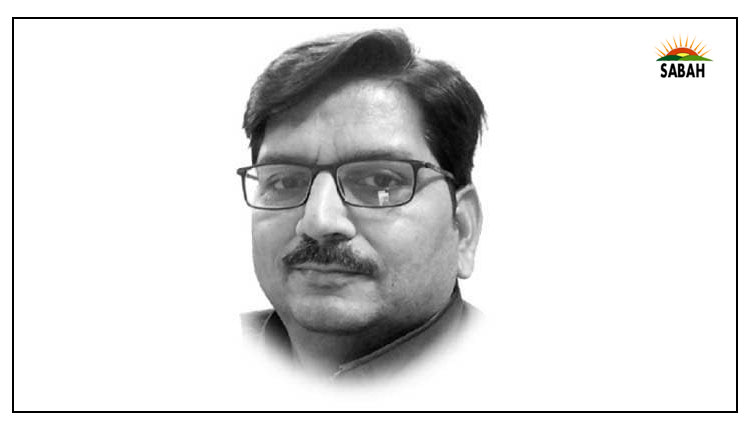Leaders with a vision… Dr Muhammad Ali Ehsan
The vision of a leader is his overarching purpose derived from the values he believes in and the national aspirations that he harbours to drive his nation forward. Before making any plan we all make a perceptual picture of what we want to achieve. And no national leader is different in how he visualises what he wants to achieve as what could be defined as his ultimate goal or vision.
When I take the example of my own country, the Father of the Nation stands out as the pioneer in visualising the kind of nation state that we would end up having. The two-nation theory separated us from the Indians and it was decided that both our geographical and ideological frontiers will separate us for better from India.
Gen Ayub continued pursuing the idea of creating an ideological state and leaders like Huseyn Shaheed Suhrawardy who suggested that we may instead have a nation state were sidelined. A barrister and a great advocate of civil rights, Suhrawardy reminded Gen Ayub that if we flirt with the idea of creating an ideological state, we would subject ourselves to the likes of communal riots that happened during the partition and that resulted in large-scale division and deaths.
Post-independence these were two immediate divergent visions during the process of state formation. Military ruled and continued governing until we had another leader coming up with a different vision – the vision of social democratic setup with a slogan of roti, kapra aur makan.
Prime Minister Zulfikar Ali Bhutto used top-down political power to re-order society based on his notion of social justice. He seemed to be an enemy of a powerful state, a garrison state and sought to achieve social justice through re-distribution and regulation.
His nationalisation programme that was introduced as a great reform and which nationalised all major industries miserably failed and pushed back Pakistan’s progress by decades. Gen Zia’s martial law brought in a new military leader whose sole aim was to Islamise society. He pushed his own belief and agenda on society and transformed the young men in the country in becoming mujahedeen and to believe more in dying than living. Iman, taqwa and jihad were the slogans that showcased his vision and we became more a theocracy than a democracy.
The 90s decade was a musical chair between the two largest democratic parties of this country. There was no vision, there was no hope. In fact, it was fight for the survival and democratic governments came and went like the four seasons of the year. Then came Gen Pervez Musharraf with his idea of ‘enlightened moderation’. His idea was not wrong and if properly translated it was primed to flush out all the extremism and radicalism from society, but he never realised that he was not a politician but a soldier; and although he enjoyed absolute power, he never had his roots in public support and the masses viewed him only as another military dictator.
Year 2008 onwards people attached lots of hope with the introduction of democracy but no matter how hard I try I cannot recollect any leader coming with a vision and having a recipe to redress our national woes. The successive democratic governments failed to create and sustain the only institution we needed the most – the rule of law. In Pakistan today, there is a social consensus that laws are made to benefit whoever is the ruler of the time, and all democratic governments in Pakistan premised their stay in power through the notion that it is not the law but the ruler of the day who is sovereign. To sum up, the path that our visionary leadership has travelled has taken us nowhere. We are still not sure which path we must follow. In the absence of a visionary leader all we are doing as a nation is muddling through. The last leader with whom we can associate a vision is behind the bars. Those outside are struggling to establish their credibility let alone have any vision to lead the country.
In the Middle East region, Saudi Arabia and Iran are two great examples of how two different visions of two different leaders are leading their countries. Crown Prince MBS, the builder of Neom, a city 33 times the size of New York, wants to lead a vibrant society, a thriving economy and an ambitious nation. He is driving his country by change and his vision 2030 is not only focused on drawing benefit from natural resources but also from human resources. Annually, 70,000 students go abroad for higher studies and almost all of them return home to serve their country. MBS has introduced many social, economic and political reforms and has taken huge risks to turn over the Saudi state from being a clergy-dominated society to one that harbours and respects human and civil rights. MBS has taken a great personal risk to unfold a vision that he clearly identified as a game changer for his country. He did make mistakes: the war in Yemen and the Khashoggi affair stand out as his two big blunders but overall he is leading his country with a vision that is being globally admired.
Iran’s supreme leader Ali Khammeni leads Iran with a vision of commitment to theocracy and protecting the Iranian revolution. Unlike Saudi Arabia, Khammeni’s vision is not led by change but driven by resistance. Iran also travelled a diverse visionary path by being a US-led monarchy to becoming an anti-American theocracy. After Russia, it is the holder of biggest gas reserves in the world but its name doesn’t figure amongst the top fifteen countries that export gas in the world. Saudi Arabia educates its students abroad to specialise and come back and serve the state whereas Iran curbs the freedom of society and is questioned by outside world on how the regime there handles civil and human rights. From time to time, Iran experiences public revolt and demonstrations and the Iranian regime is driven by resorting to coercion as method to create and sustain order in society rather than creating balance in it by promoting people’s will.
The two visions of the two leaders are there for us to see. It is up to us to imagine how the lives of the people change when individual visions of the leaders guide them to make their countries Saudi Arabia or Iran.
courtesy ![]()


